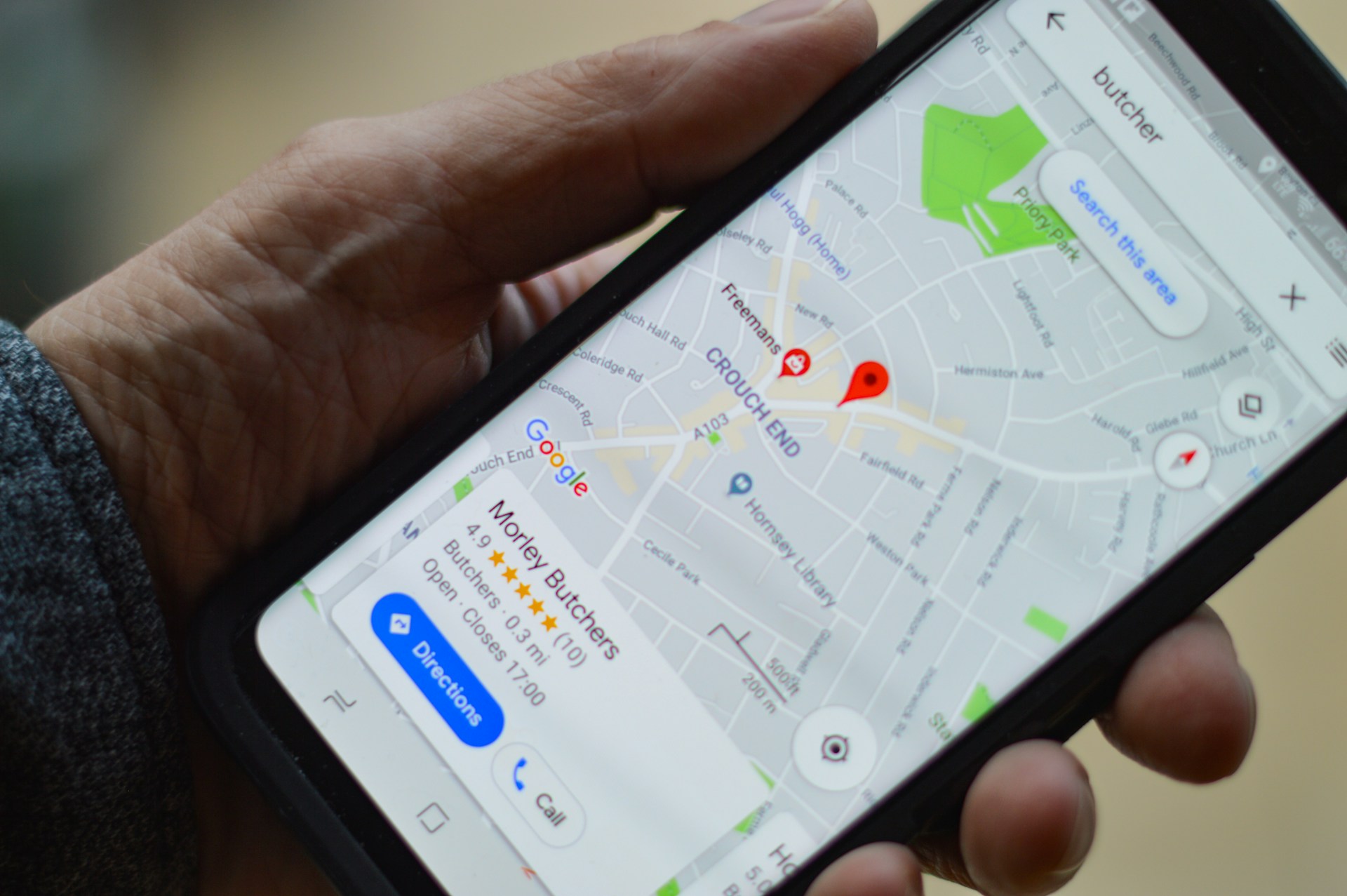Introduction
Elon Musk has been shaping conversations about artificial intelligence for over a decade. From early warnings about AI risk to co-founding OpenAI, Musk has been both a critic and a creator. In 2023, he launched xAI, introducing its chatbot Grok — designed as a rival to ChatGPT and other leading AI systems. Grok wasn’t just another product; it was Musk’s entry point into an AI race he had long commented on from the sidelines. But to understand Grok and xAI, we need to see the larger picture: the Musk model of innovation itself.
The Musk Playbook
Musk’s companies — Tesla, SpaceX, Neuralink, and now xAI — share a common DNA. The Musk model isn’t about small, incremental improvements; it is about audacious leaps. The traits are consistent:
- Mission-first storytelling: Musk sells visions of Mars colonies, self-driving cities, and AI aligned with humanity, long before the product is fully built.
- Vertical integration: Just as Tesla controls batteries and SpaceX builds rockets from the ground up, xAI aims to control data pipelines, model training, and deployment through integration with Musk’s other ventures (notably X, formerly Twitter).
- Speed over polish: Products often launch in beta, rough but fast, iterating in public rather than behind closed doors.
- Public spectacle: Musk builds hype through announcements, memes, and controversy. The buzz becomes part of the product itself.
Grok: The Anti-ChatGPT
When Grok launched in November 2023, its branding was intentionally different. Inspired by Robert Heinlein’s sci-fi novel Stranger in a Strange Land, the name suggested deeper understanding — to ‘grok’ is to truly grasp something. Unlike ChatGPT’s measured, neutral tone, Grok leaned playful, sarcastic, and bold. It was trained on real-time data from X, positioning itself as the chatbot with the ‘freshest’ knowledge.
This reflects Musk’s contrarian style: where rivals optimize for corporate safety, he pushes for personality and risk. Grok was not meant to be perfect; it was meant to be Muskian.
xAI in the Broader AI Race
By 2025, the AI landscape had consolidated around a handful of players: OpenAI (with Microsoft), Google DeepMind, Anthropic, and Meta. xAI entered as a challenger, leveraging Musk’s unique assets:
- Data: X’s real-time conversations gave xAI a distinct training edge.
- Compute: Musk reportedly purchased thousands of NVIDIA GPUs, signaling infrastructure seriousness.
- Brand: Musk’s global reputation guaranteed attention, regardless of product quality.
Where others framed their AI as assistants, xAI framed Grok as a rebellious sidekick — not just informative, but entertaining.
The Philosophy Behind the Model
Musk has often warned of AI as an existential risk. His solution isn’t to stop AI, but to guide it. With xAI, Musk framed his mission as making AI that is ‘curious, truthful, and maximally useful.’ Critics argue Grok’s sarcastic personality risks misinformation, but Musk sees personality as a feature, not a bug.
The Musk model here is paradoxical: he warns of AI’s dangers while racing to build his own. But that contradiction is central to his philosophy: the best way to manage a force of nature is to be the one steering it.
Comparisons with OpenAI
Ironically, Musk helped found OpenAI in 2015, before leaving the board in 2018 due to conflicts with Tesla’s AI ambitions. Today, OpenAI is valued in the tens of billions, while xAI positions itself as its rebellious rival. Where OpenAI emphasizes safety and alignment, xAI emphasizes freedom and wit. Where OpenAI partners with Microsoft, xAI integrates with X.
This divergence illustrates two models of AI development: one corporate and cautious, the other brash and experimental.
Lessons for Builders
For those not running billion-dollar labs, what does the Musk model teach?
- Leverage your assets: Musk turned X’s social graph into a training ground. Individuals can think the same way: what unique data or network do you have?
- Embrace personality: In a world of polished assistants, Grok stood out by being quirky. Differentiation matters more than perfection.
- Ship fast: Musk’s products rarely wait for polish. In fast-moving tech, launching early builds relevance.
- Tell a bigger story: Musk doesn’t sell cars or rockets or chatbots — he sells futures. Narrative can be as powerful as product.
Criticisms and Risks
The Musk model is not without flaws. Critics point out:
- Overpromising: Timelines often slip (e.g., full self-driving, Mars colonies).
- Polarization: Musk’s personal brand attracts as much hostility as admiration.
- Safety trade-offs: Grok’s sarcastic edge could spread misinformation or alienate cautious users.
- Concentration: Musk’s growing control over multiple industries raises concerns of monopoly power.
Yet, these risks haven’t stopped his companies from setting industry agendas.
Conclusion
Grok and xAI are more than products; they are embodiments of the Musk model — bold, messy, magnetic, and impossible to ignore. Whether or not xAI overtakes rivals, Musk has once again inserted himself into the center of a technological revolution. For builders and observers alike, the lesson is simple: in AI, as in rockets and cars, the future favors those willing to risk, experiment, and tell the bigger story.

